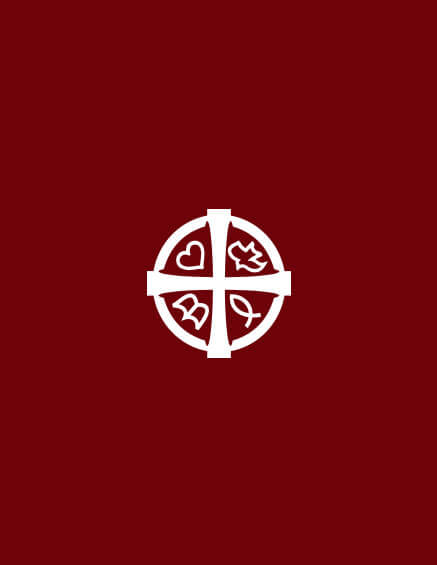Icon of the Pentecost Explained
The icon of the feast of Pentecost is also called the Descent of the Holy Spirit as it is the representation of the event described in the Book of Acts Chapter 2.
It is not just the commemoration of the past event but also reminds us of the continuous presence of the Holy Spirit in the Church today. As we reflect on the icon prayerfully, we participate in the reality represented by the Pentecost icon.
![]()
The Pentecost Icon can be analyzed in three sections.
1. The Apostles Sitting
The apostles are depicted as sitting in a semi-circle in order to represent perfect harmony and unity among them, in which no one is better than the other. This reflects the historic day of Pentecost.
“When the Day of Pentecost had fully come, they were all with one accord in one place.” (Acts 2:1)
The apostles in the Icon starting from the left and from the top are St Peter, St Matthew, St Luke, and other disciples. On the right, we have St Paul, St John, St Mark and other disciples. Even though St Paul, St Luke and St Mark are not part of the original twelve disciples, they are included as they played a significant role in preaching the Gospel to humanity. They are therefore shown as being in unity and harmony with the twelve.
Four evangelists from the apostles are seen holding books symbolizing the writings of the four gospels, and the others are seen holding scrolls to symbolize that even though they may not have written lengthy gospels, they proclaimed the Gospel message to the world.
We can see that each of the apostles is seated in slightly different ways. This is to show that even though we have different gifts and talents by the Spirit and that none of us are meant to be a copy of others, there is unity . We all are united in the Holy Spirit who gives the gifts (1 Cor. 12:4).
The seat left empty in the centre between the Apostles Paul and Peter is known as the “teacher’s seat”. This is the seat of the Lord Jesus Christ who physically ascended into heaven but still promised the apostles that He would leave them His Holy Spirit as their comforter, advocate and guide (St John 14:26).
![]()
Photo by Fr Ted is licensed under CC BY-SA 2.0
2. The Spirit Descending
The Holy Spirit descending from heaven and coming upon all the apostles seated there in the form of tongues of fire is clearly depicted. In some of the other icons, we can see a semi-circle with the rays of light representing the one divine essence of the Holy Spirit and the rays represent the uncreated energies of God filling the universe.
“Then there appeared to them divided tongues, as of fire, and one sat upon each of them. And they were all filled with the Holy Spirit and began to speak with other tongues, as the Spirit gave them utterance.” (Acts 2:2–4)
3. Kingly Figure At The Bottom
In another semi-circle at the bottom, we can find an old king against a dark background. He represents the cosmos (the world) covered in sin. The kingly figure cosmos also holds a cloth containing scrolls representing apostolic teaching. The descent of the Holy Spirit not only empowered the apostles to preach the gospel, but also began the Church’s calling to carry on Christ’s mission to teach and light up the world. This draws our attention to the Great Commission (St Matt. 28:16–20).
The Day of Pentecost is the final fulfillment of the promise God made to Abraham to bless the whole world (cosmos) through him. Genesis 12:3 says, “All the nations of the earth will be blessed through you.” This is finally possible through the Holy Spirit descending on Pentecost and making it possible for all peoples of the world—non-Jews, Gentiles—to be the spiritual descendants of Abraham and heirs of the divine promises.
Now, at Pentecost, the Holy Spirit comes upon every believer in accordance with Joel’s prophecy and our Lord Jesus’ promise that He would not leave His disciples alone but that He would send them the Comforter to guide, lead and empower them.
